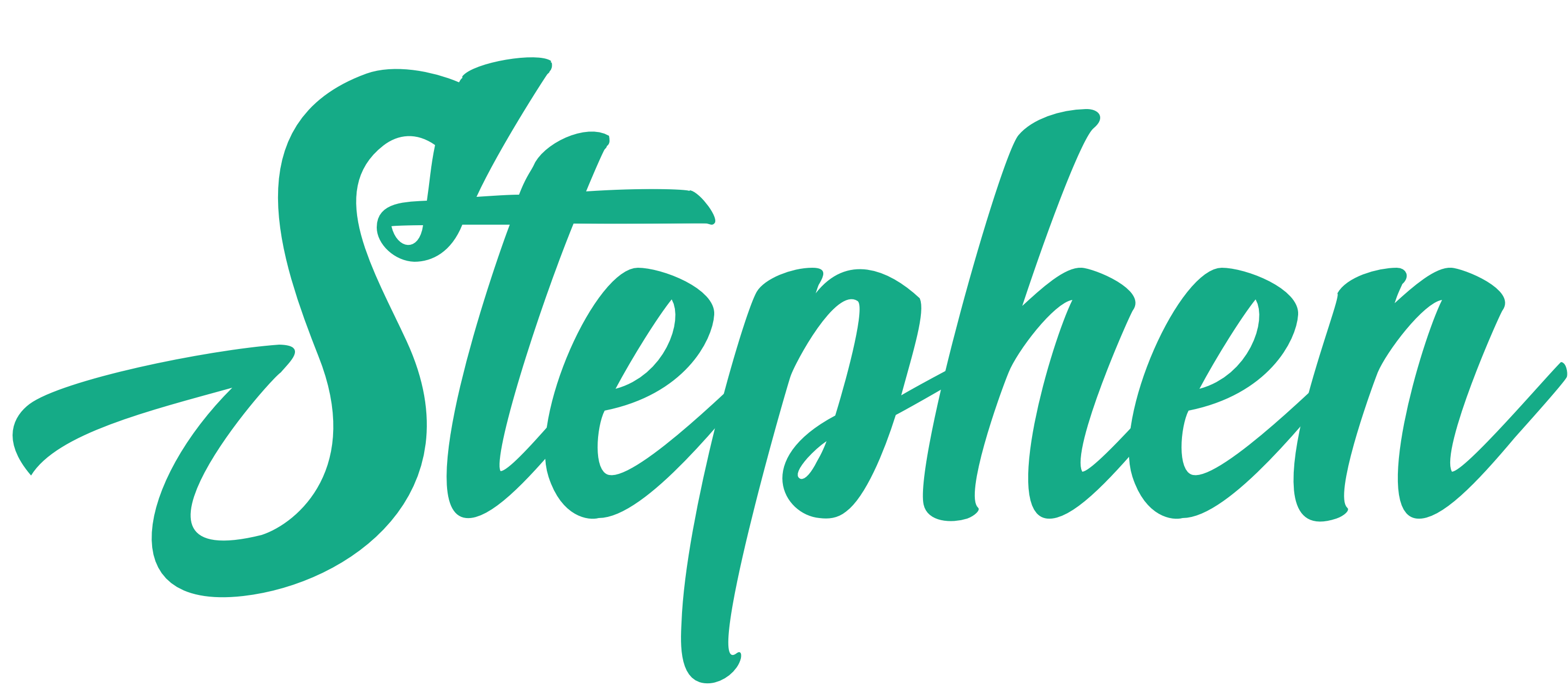“How well we communicate is not determined by how well we say things, but how well we are understood.”
Andrew Grove
Imagine you’re at SynergySummit, an event teeming with enough buzzwords to pollinate an entire continent of corporate blogs. You find yourself trapped at the “Innovators Buffet,” a banquet table groaning under the weight of gluten-free pretension and miniature quiches. Across from you stands a man with a nametag that reads, “Jonah: Digital Prophet.” He’s in mid-spiel.
“Imagine the possibilities when we harness the power of collisions between cutting-edge tech and traditional strategies,” Jonah enthuses, waving a miniature quiche like a conductor’s baton. “We’re not just talking synergy—we’re talking hyper-synergy. It’s about leveraging the kinetic energy of idea collisions to catapult our brand narratives into the stratosphere of market dominance!”
He pauses, eyes gleaming, as if waiting for the applause that never comes in the noisy buffet line. “And with our new cross-platform integration framework, we’re not just optimizing, we’re revolutionizing the monetization paradigms. It’s transformative, it’s disruptive—it’s the future!”
You nod, your smile frozen as you try to decode whether you’re being pitched an actual strategy or a script for a sci-fi movie. Before you can muster a response, Jonah’s attention shifts. His eyes latch onto another passerby, and he dives into his spiel anew, leaving you adrift in the sea of jargon.
That’s when it hits you: every industry loves its jargon, but marketing takes it to a new level. It’s not just a language—it’s an arms race. Jonah, like so many others, epitomizes so much of what we find in modern marketing—full of sound and fury, signifying everything yet connecting nothing. His words swirl around, a mix of impressive-sounding terms and ambitious propositions, yet lacking the one thing that truly matters in communication: clarity.
Drowning in a sea of words that add more confusion than value, you realize you’re witnessing a common phenomenon.
Welcome to the world of Schmarketing.
Introducing Schmarketing
Schmarketing describes the essential yet often baffling, jargon-filled language of marketing, which can enlighten or obfuscate, depending on whom you ask. It thrives in boardrooms, webinars, and anywhere marketers are found.
Ideally, it’s supposed to help marketing teams speak the same geeky language, but instead, it often ends up erecting walls of misunderstanding so tall and thick that you need a periscope to see over them.
Consider how terms like “funnel stage” and “pipeline” or acronyms like “MQLs” and “C-SAT” get tossed around like confetti at a parade. These are meant to add clarity, right? Yet often, they result in confusion, not because the terms themselves are flawed but because their meanings aren’t universally understood or consistently applied. This mismatch in understanding is where the fog of Schmarketing thickens, obscuring the true potential of these concepts.
This verbal haze doesn’t just make it hard to see from one end of the conference table to the other—it smothers the gears that should be driving our teams forward. Without a shared understanding, the powerful tools of our trade become stumbling blocks—and bury the true intent of our campaigns beneath layers of miscommunication.
Transforming Schmarketing
But fear not, my friends.
What if we could take moments of Schmarketing and transform them into moments of empowerment? By encouraging questions, promoting clear communication, and making sure everyone is on the same page, we can shift Schmarketing from a potential source of confusion into a powerful resource for the entire team.
Consider the office dynamic without the fog of jargon. Imagine a team meeting where “collaboration” isn’t a buzzword but an actual practice. Instead of nodding along and secretly wondering if you’ve missed a memo about “data-driven actionable insights,” you’re actively engaging in discussions that make sense.
Clear communication transforms the office from a maze of misunderstood memos into a collaborative space where ideas flourish and everyone knows what’s actually going on.
In this utopia of clarity, you no longer need a translator to decode the latest email from the marketing department. Instructions are straightforward, goals are transparent, and feedback is constructive rather than cryptic. It’s like the Tower of Babel in reverse, and everyone speaks the same language again.
The meetings are shorter, the outcomes are clearer, and the collective sigh of relief is almost audible.
The Ripple Effects of Clarity
Let’s face it: all this jargon often serves to make us sound more competent and important than we feel. But in reality, the most impressive communication is that which is understood by everyone. Think of it as the difference between an elaborate five-course meal garnished with edible flowers—vs—a deliciously simple home-cooked meal. Both can be delightful, but only one is likely to leave everyone satisfied and asking for seconds.
And the benefits of clear communication don’t stop at team dynamics.
They ripple outward, touching every aspect of your interactions, from client meetings to customer engagements. When your message is clear, your audience feels respected and valued. They’re not struggling to parse out what you mean—they’re nodding along because they get it.
This builds trust, fosters loyalty, and ultimately drives success in ways that jargon-laden promises never will.
Making Schmarketing Work for You
So, how can we turn Schmarketing from a hindrance into a helpful tool? Here are a few steps to get started:
1. Encourage Questions: Foster an environment where team members feel comfortable asking for clarification. If someone doesn’t understand a term, chances are they’re not alone. Think of it as a support group for jargon survivors—everyone’s welcome, and there are no stupid questions… only convoluted answers.
2. Define Your Terms: Create a glossary of commonly used terms within your team or organization. Make sure everyone understands what these terms mean and how to use them appropriately. Consider it the marketing equivalent of a family recipe book—no secret ingredients, just deliciously clear communication.
3. Simplify Your Language: Whenever possible, use plain language. If a complex term can be swapped for something simpler without losing meaning, do it. Think of it like explaining your strategy to a particularly bright golden retriever—keep it straightforward and no frills.
4. Context is Key: Always provide context for the terms you use. Explain how a term fits into the bigger picture of your project or strategy. It’s like adding a map to a treasure hunt—everyone should know where the X marks the spot.
5. Feedback Loops: Regularly check in with your team to ensure everyone is on the same page. Encourage feedback on whether communication is clear and effective. Think of it like rebooting your Wi-Fi—sometimes things just need a reset to keep everything running smoothly.
6. Lead by Example: As a leader, demonstrate clear communication in your emails, meetings, and presentations. Show that clarity is valued over jargon. Who knows, you might even spark a revolution—today clear communication, tomorrow a workplace free of “paradigm shifts.”
By following these steps, you can harness the power of Schmarketing without falling into its traps. Think of it as equipping yourself with a GPS in a jungle of buzzwords. Clear communication will not only enhance teamwork but also ensure that your marketing efforts resonate more effectively with your audience.
Embracing Clarity
Let’s embrace clarity over complexity. Let’s transform our Schmarketing into something that brings us closer together rather than pushing us further apart. Let’s speak plainly, listen actively, and laugh at our own propensity to complicate the simple. Because, at the end of the day, marketing is about connecting with people—real, living, breathing humans who appreciate authenticity and a clear message.
The next time you find yourself lost in translation at the SynergySummits of the world—surrounded by digital prophets and kinetic idea collisions—take a moment to breathe and remember: clarity is your best strategy.
Because when you strip away the jargon, what you’re left with isn’t just a simpler message—it’s a stronger connection. And that, my friends, is the true power of effective communication.





